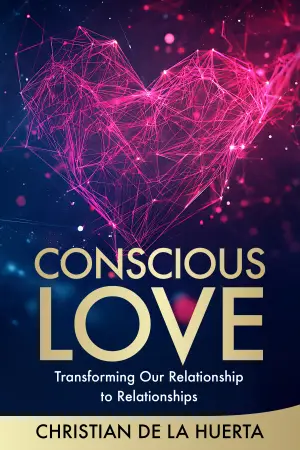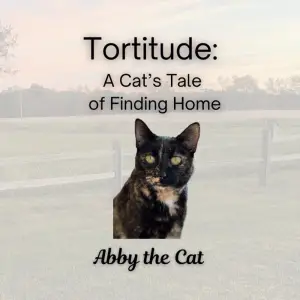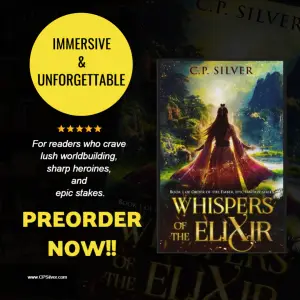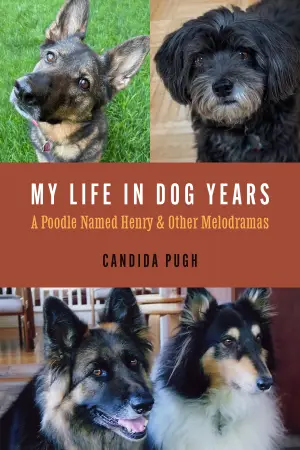The Worst Hard Time: A Journey Through Dust and Humanity
As the pages of The Worst Hard Time: The Untold Story of Those Who Survived the Great American Dust Bowl by Timothy Egan unfolded, I found myself grappling not just with the harrowing history of the Dust Bowl, but also with the resilient spirit of those who lived through it. In an era where climate awareness is increasingly crucial, this book resonated deeply with me as Egan combines brilliant storytelling with meticulous historical research. Just like a weathered homesteader looking out at the desolate plains, I felt confronted with the raw power of nature and the impact of human ambition on our environment.
Egan’s narrative weaves together the lives of a dozen families across the High Plains, painting vivid portraits of persistence amidst despair. I was particularly moved by the characters—each an embodiment of tenacity. From the farmers clinging to their lands against insurmountable odds, to the children who learned to navigate dust storms as part of their everyday life, the book breathes life into historical accounts, allowing me to feel their anguish, hope, and survival. Egan doesn’t shy away from the emotional gravity of their stories—there are moments when you’ll feel your chest tighten as the dust threatens to swallow their dreams whole.
What truly sets Egan’s work apart is his atmospheric prose. The writing feels urgent yet lyrical, drawing you in as dust storms roll across the pages. His descriptions are hauntingly vivid, making it easy for readers to imagine the suffocating darkness of “Dusters” or the despair as families are forced to abandon their homes. One powerful passage has stuck with me: Egan describes a storm rolling in with an intensity that makes you feel the sheer terror of being surrounded by swirling, suffocating dust. Such evocative imagery is a reminder of the horrors these families faced daily—a relentless reminder that Mother Nature can be both beautiful and brutal.
While some readers have noted pacing issues, I found that Egan’s deliberate unfolding of events created a sense of mounting tension that matched the experience of those enduring the Dust Bowl. The juxtaposition of hope and despair creates an almost palpable tension that kept me engaged throughout. Each story arc is interwoven with historical context, enhancing my understanding of why this catastrophic event occurred and how it was fueled by human error.
In conclusion, The Worst Hard Time is more than just a historical account; it’s a human story that resonates with the challenges we face today, including our relationship with the environment. Readers who appreciate a stirring combination of history, personal narratives, and environmental cautionary tales will find this book compelling. Egan’s work has left a profound impact on me, reminding me of the resilience of the human spirit and our imperative to respect the land we inhabit. If you’re looking for a book that not only informs but also stirs the heart, look no further—this is a must-read.






